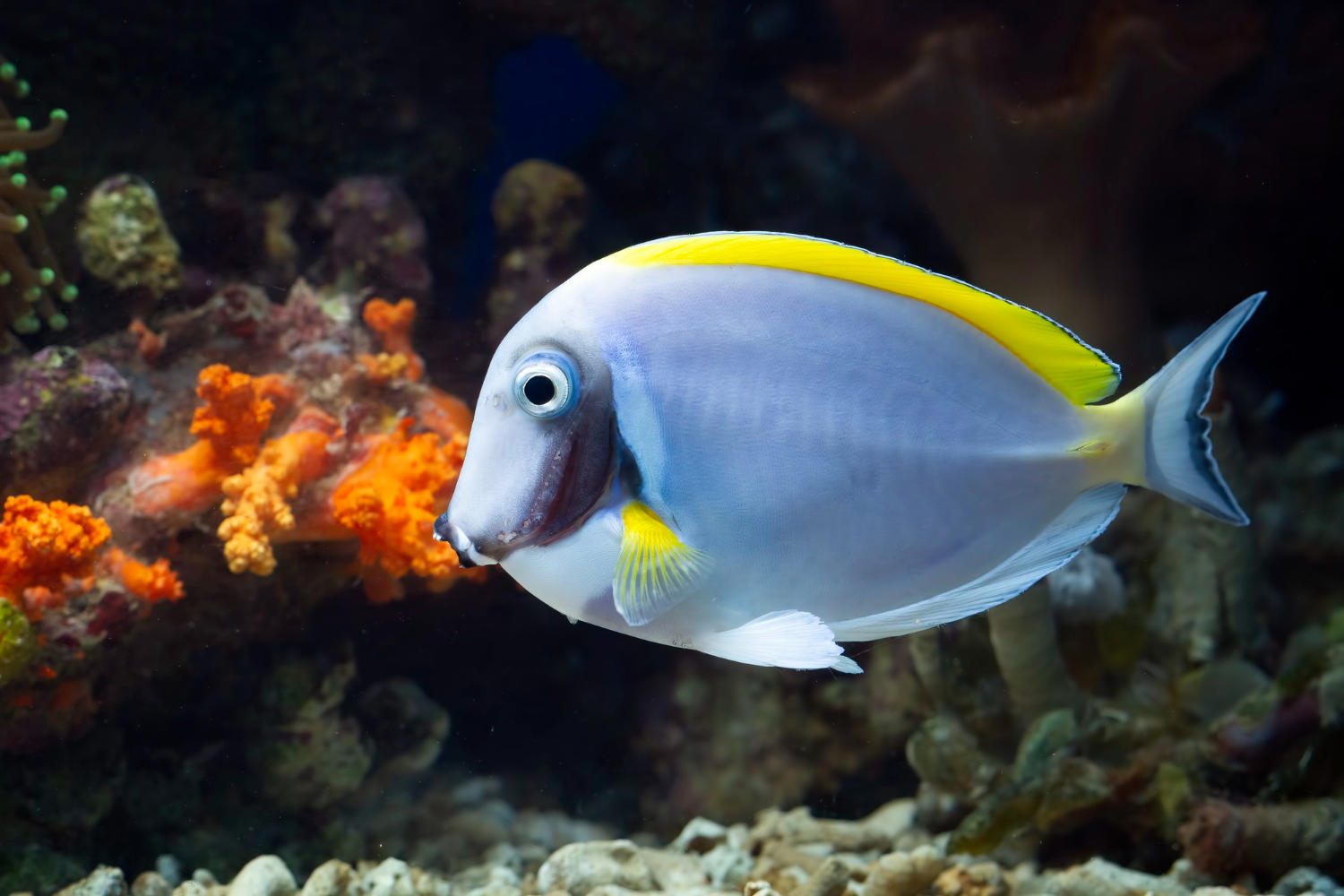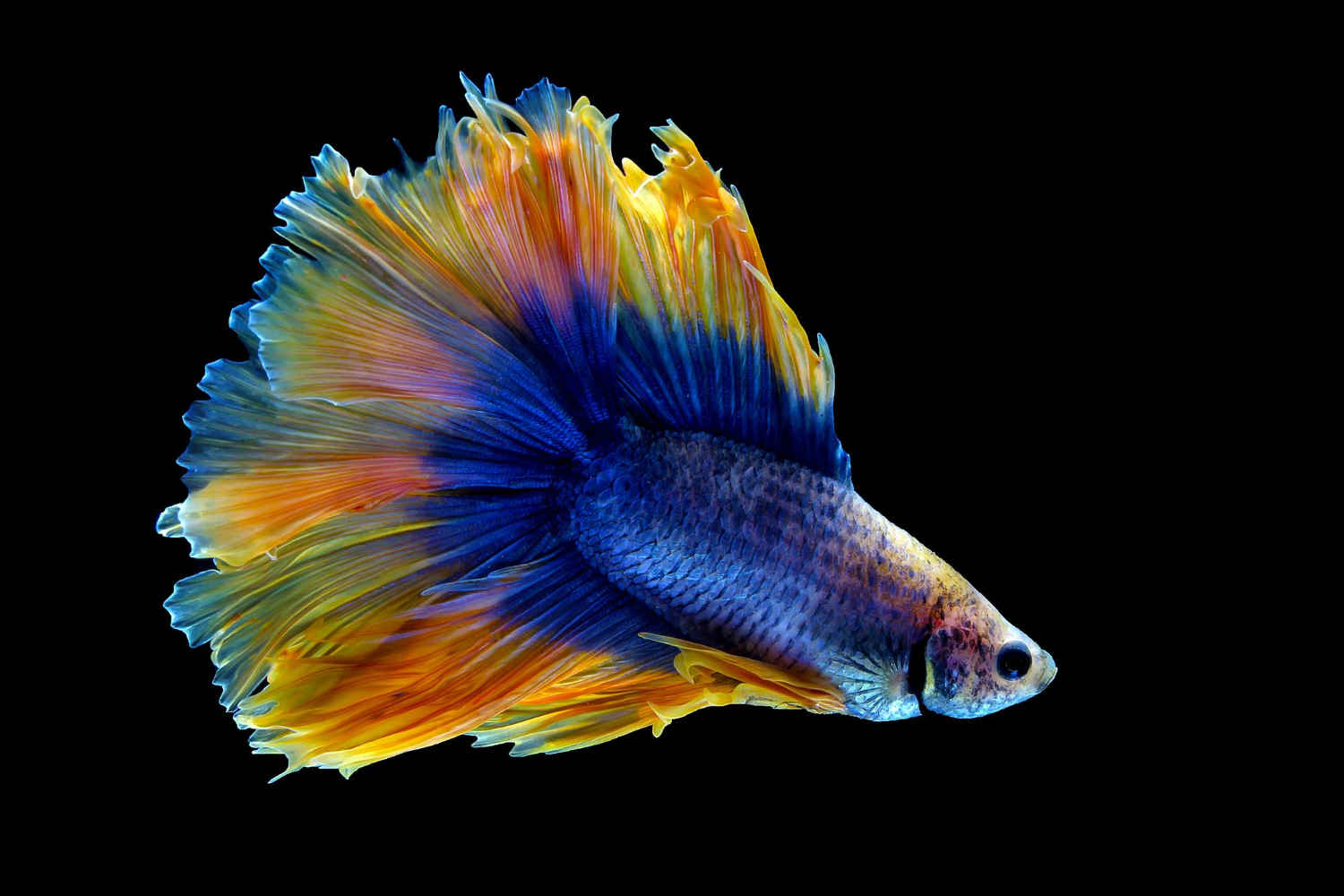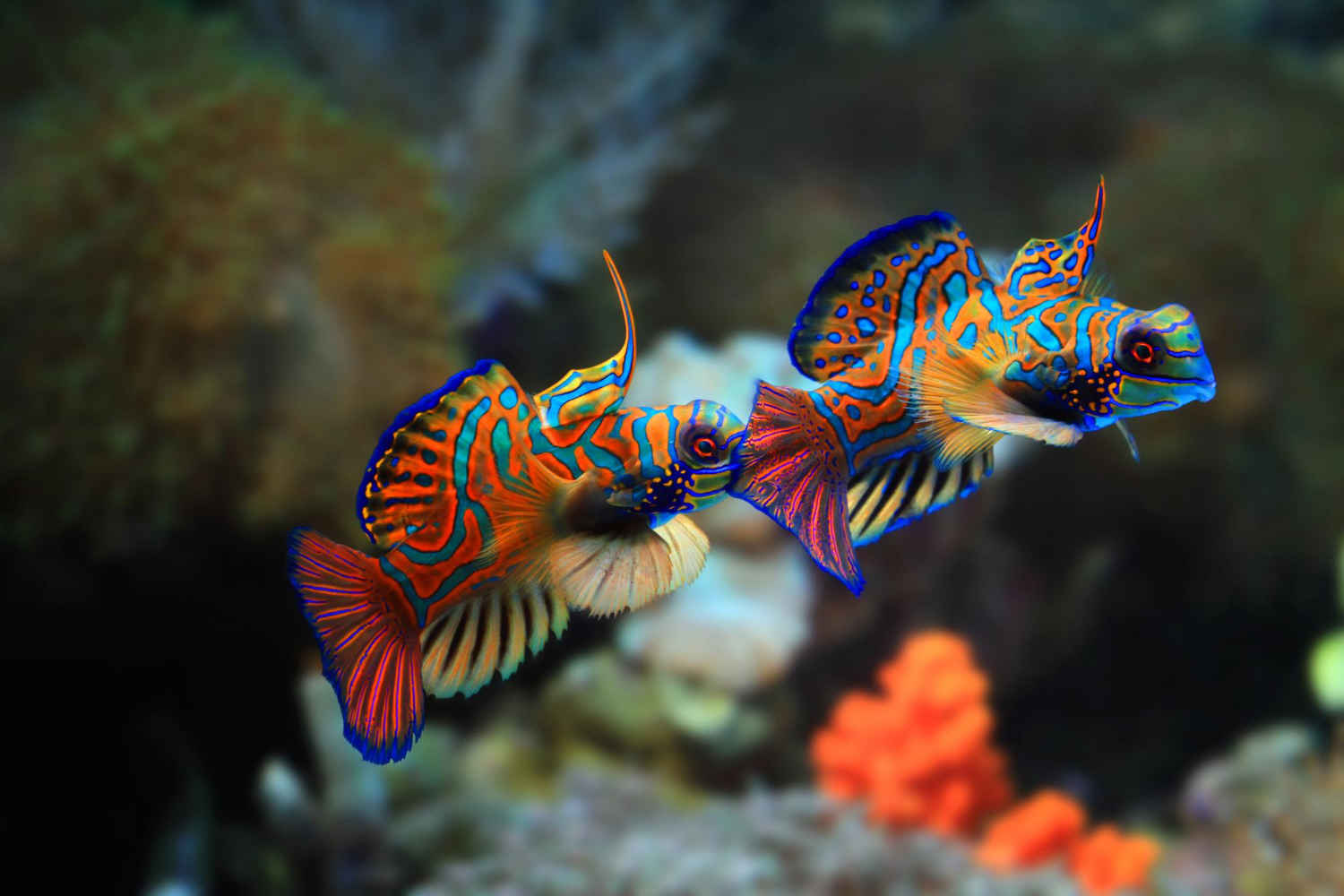
Have you ever wondered how fish can breathe underwater? It may seem like a magical feat but there is a science behind it. In this blog post, we’ll explore the amazing way fish breathe underwater, uncovering the fascinating mechanisms that allow them to stay alive. From gills to bladders, you’ll learn how fish are able to survive in a seemingly hostile environment. So, if you’ve ever been curious about the underwater world of fish, then you’ve come to the right place!
Water is essential for life, yet it creates an environment that is completely foreign to us humans. Fish, however, have evolved to be able to survive and thrive in this environment, and one of their adaptations is the way they breathe underwater. In this blog post, we will explore the amazing way fish breathe underwater and how it works for them.
Most fish breathe by taking in oxygen from the water around them through their gills. Gills are a pair of thin, feathery structures located on either side of the fish’s head. Each gill is made up of thin sheets of tissue that contain tiny blood vessels called capillaries. When a fish takes a breath, water is pulled in through the gills by the movement of the gill cover. As the water passes over the gills, the oxygen within it is absorbed into the capillaries. The blood vessels then transport the oxygen-rich blood to the fish’s body.
Gills are not the only way fish breathe. Some species have adapted to use a process known as buccal pumping. Buccal pumping involves the fish opening its mouth and forcing water into its gills with a muscular contraction. This method is used by many species of carp, catfish, and other benthic fish.
Another adaptation to breathing underwater is seen in some fish species that are able to absorb oxygen directly from the water. This process is known as cutaneous respiration. It involves the fish absorbing oxygen from the water through its skin. This adaptation is seen in many species of eels, catfish, and some species of carp.
Finally, a few species of fish have evolved to be able to absorb oxygen directly from the air. This adaptation is seen in many species of killifish, which can live in water that is low in oxygen. The fish’s skin is covered in a mucous layer that allows them to absorb oxygen directly from the air.
Fish have evolved a range of adaptations that allow them to survive and thrive in the water. From the gills to the buccal pump and cutaneous respiration, fish have adapted to breathe underwater in a variety of ways. Each species has developed the most efficient method of breathing for its unique environment and lifestyle. The next time you go fishing, take a moment to appreciate the amazing way fish breathe underwater!
It is truly incredible how fish are able to breathe underwater and remain alive in their aquatic environment. From the gills of a fish, water is filtered and the oxygen is extracted and oxygenated blood is sent to the rest of the body. This amazing process allows fish to survive and thrive in their underwater habitats. The next time you go fishing, remember to appreciate the amazing way that fish breathe underwater.


.jpg)


%20-%20Copy.jpg)
.jpg)
